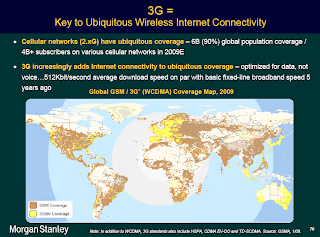2010: A Criatividade vence o Hábito.
2010: Creativity wins the habit.
From 2000 to nearly 2010 I experienced many changes. I changed my plans studying computing and afterwards administration, from administration to technology, and from technology to engineering. I visited other countries, I moved from my country to another one, I returned to Brazil, I went to Sao Paulo, I returned to my city, I finally understood the changes as necessary and unavoidable.
2010 begins as a year where creativity wins the habit. The habit of repeating things and do them as they were made, gives way to new ways of acting and thinking. That is, find new solutions to old problems. As expressed by Domenico, repetitive work is increasingly done by machines, humans are taking the interesting task of being creative.
2009 ends as a year that was the basis for extraordinary changes, all arising from the compensation of the defects, "The Praise of Imperfection."
The year of the global crisis and disappointing COP15, has been the basis for the extraordinary changes in 2010.
2010 is very close, full of energy, starting with learning from a decade and ready to move forward, bringing major innovations.
It also follows a thought of Galileo Galilei, it tastes great!
"But above all the wonderful inventions was that of someone thought to find a way to communicate their innermost thoughts to anyone else he wanted, even if far away, and in different periods of time and space, talk with those who are in India? " Galileo Galileo - quoted in the 'Creative Idleness'
And here also my favorite video in 2009!
I liked a lot, because it had one person dancing until they were all invaded by the same feeling!
That's it ... Someone always has to start! Creativity wins the habit!
... I Got A Feelin '... that 2010 is gonna be the best year ... Lets do it!
Brazilian Top Google Web Search in the last 12 months
Morgan Stanley - high bandwidth consuming vs bandwidth optimization


Christmas message
Analise sobre o relatorio do Morgan Stanley Mobile Internet Report - temas #1 e #2



My thoughts about Morgan Stanley Mobile Internet Report - key theme #1 and #2



Grandes marcas e o futuro digital

English: http://americapersonaltech.blogspot.com/2009/12/enbrands-and-digital-future.html
O futuro digital está conquistado por grandes marcas, em sua maioria americanas.
Brands and the Digital Future

Como utilizar de forma inovadora os serviços via celular nos países em desenvolvimento.

Making more of handsets that people have today, getting benefits even in the basic styles.

Porque algumas pessoas no Brasil nunca acessaram a Internet

Reasons Why people in Brazil has never accessed the Internet (but had already used a computer).

A nota verde dos carros no Brasil
English: http://americapersonaltech.blogspot.com/2009/12/enmeanwhile-in-brazil-your-car-is-green.html

Oi, hoje o ministério do meio ambiente apresentou a nota verde dos carros no Brasil, classificando os carros de um a cinco estrelas. Carros movidos a alcool ou Flex já ganham uma estrela de cara. Em geral no ranking, todos modelos 5 estrelas são flex, e nenhum motor 2.0 ganhou cinco estrelas. Agora só falta abaixar o preço dos carros 5 estrelas para todo mundo ficar green !!! Abc, Daniela
Ranking: http://oglobo.globo.com/pais/arquivos/pais_ranking_verde.xls
Meanwhile in Brazil... Your car is Green ?
Hi, today the Brazilian Ministry of the Environment presented the green avaliation of cars in Brazil, classifying cars from 1 to 5 stars. Flex Cars (using alcohol) had a guaranteed star. In general all 5 stars cars are flex, and just to clarify none 2.0 motor is 5 stars. Now, what brazilians need are better prices for 5 stars cars, then everybody can be green !!! Regards, Daniela
Ranking: http://oglobo.globo.com/pais/arquivos/pais_ranking_verde.xls

